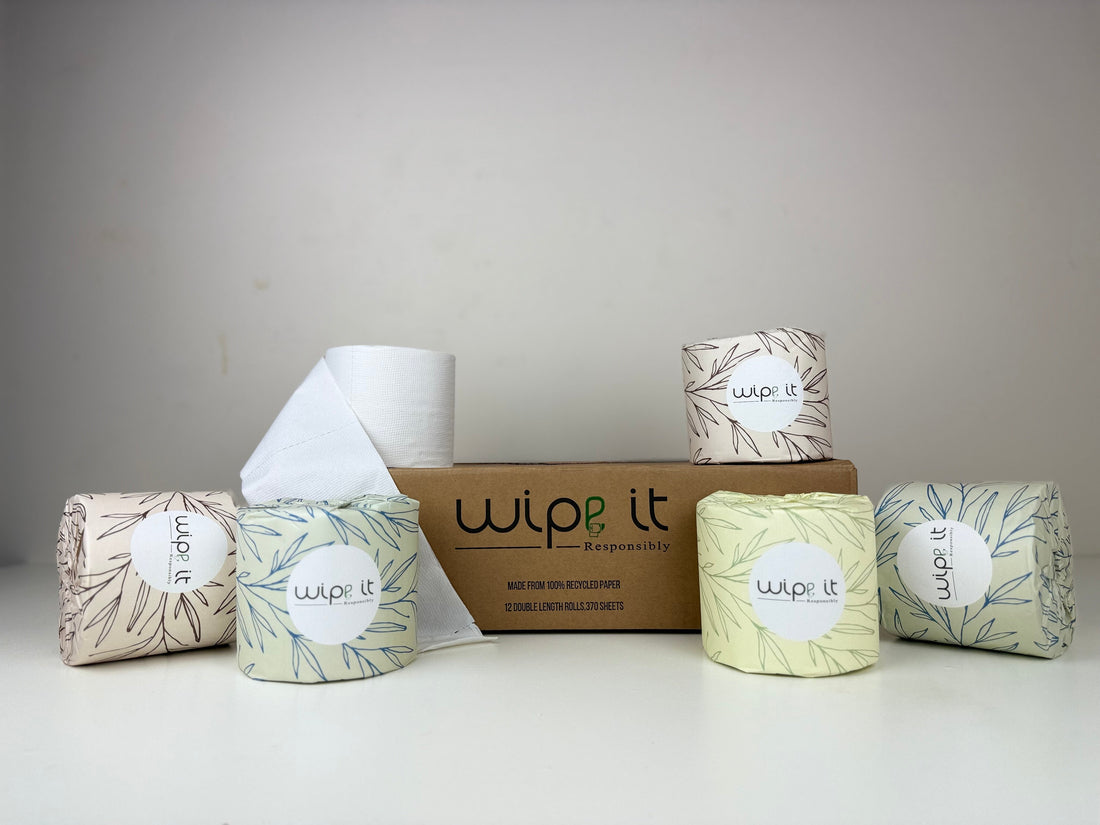
What Are the Most Common Myths About Toilet Paper?
Toilet paper is something we use every day, but there are many myths and misunderstandings about it. Some people believe toilet paper is bad for plumbing, while others think all toilet paper is the same. Let’s clear up some of these common myths!
Myth 1: All Toilet Paper is the Same
Many people think that all toilet paper is the same, but this is far from the truth. There are different types of toilet paper, including 1-ply, 2-ply, and even 3-ply options. Some are softer, while others are more durable. Some brands offer eco-friendly toilet paper made from recycled materials, while others use virgin pulp. The quality and feel of toilet paper can vary a lot depending on the brand and materials used.
Myth 2: Toilet Paper Dissolves Instantly in Water
Some people assume that toilet paper dissolves the moment it touches water. While toilet paper is designed to break down in water, it doesn’t happen instantly. Some thick or high-quality toilet paper takes longer to break down, which can sometimes cause plumbing issues if too much is flushed at once.
Myth 3: Flushing Toilet Paper is Bad for Plumbing
Many people worry that flushing toilet paper will clog pipes, but if you are using standard toilet paper and flushing properly, it should not cause any problems. Issues usually happen when people flush too much toilet paper at once or use thick, non-flushable wipes instead of toilet paper. If you have an older plumbing system, choosing a septic-safe toilet paper can help prevent blockages.
Myth 4: More Layers Mean Better Quality
People often believe that 3-ply or extra-thick toilet paper is always the best, but that’s not necessarily true. While extra layers may make toilet paper softer and more absorbent, it can also make it harder to dissolve. In some cases, 2-ply or even 1-ply toilet paper can be just as good and may be a better choice for septic systems.
Myth 5: Toilet Paper is Made Only from Trees
A common myth is that all toilet paper is made from trees, but many brands now produce toilet paper from recycled paper or bamboo. Bamboo toilet paper is an eco-friendly option because bamboo grows much faster than trees and requires fewer resources to produce.
Myth 6: Colored Toilet Paper is Safer
Many years ago, colored and scented toilet paper was popular. However, these products often contained dyes and chemicals that could irritate sensitive skin. That’s why most toilet paper today is plain white and free from added chemicals. If you have sensitive skin, choosing fragrance-free and hypoallergenic toilet paper is the safest option.
Myth 7: Toilet Paper Can Expire
Toilet paper does not have an expiration date, but it can degrade over time if stored in a humid or wet environment. To keep toilet paper in good condition, store it in a dry place away from moisture and direct sunlight.
Myth 8: Recycled Toilet Paper is Not as Good as Regular Toilet Paper
Some people believe that recycled toilet paper is rough and of lower quality, but modern recycled toilet paper has improved a lot. Many brands now offer soft and high-quality recycled toilet paper that feels just as good as traditional options while being better for the environment.
Final Thoughts
Toilet paper is a crucial item we use every day, yet there are plenty of misconceptions surrounding it. Knowing the real facts about toilet paper can guide you in making smarter decisions for your comfort, plumbing, and the planet. Whether you prefer soft, durable, eco-conscious, or cost-effective options, being informed will help you select the best choice for your requirements!
